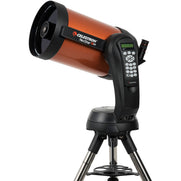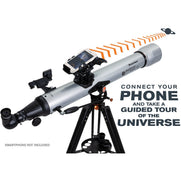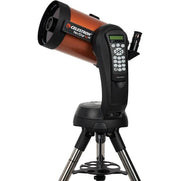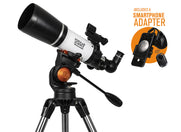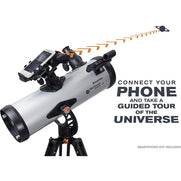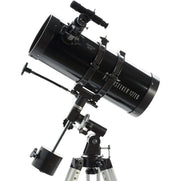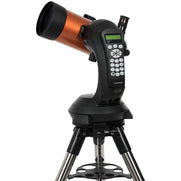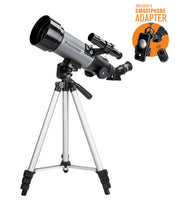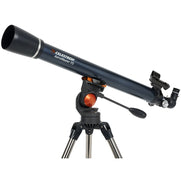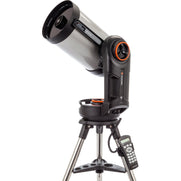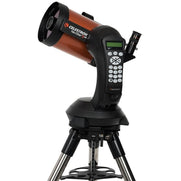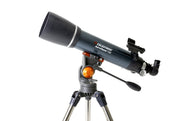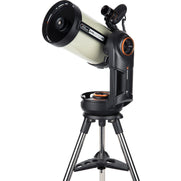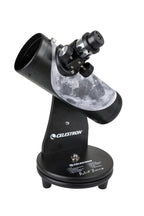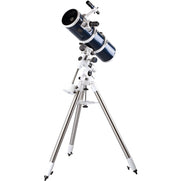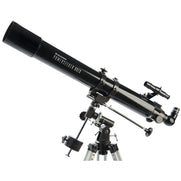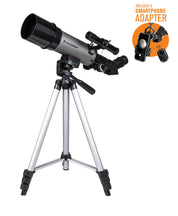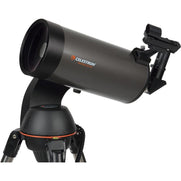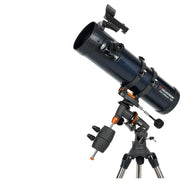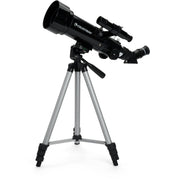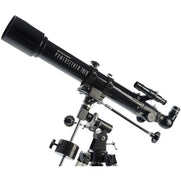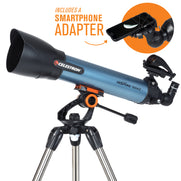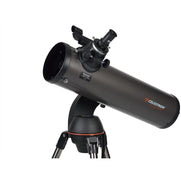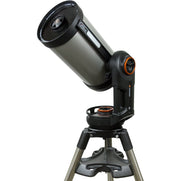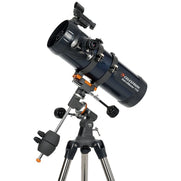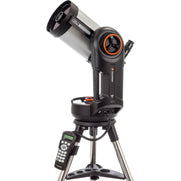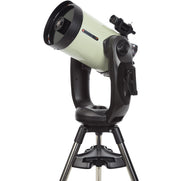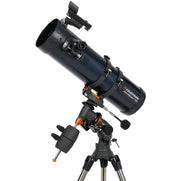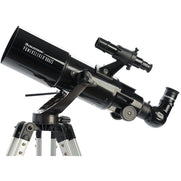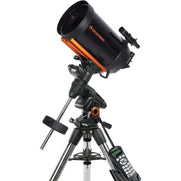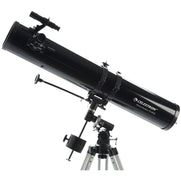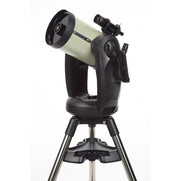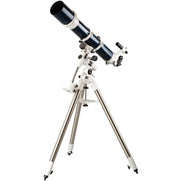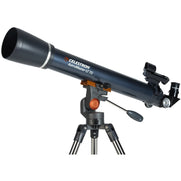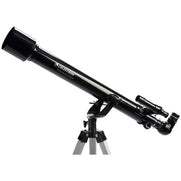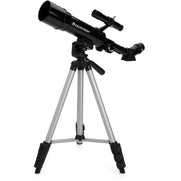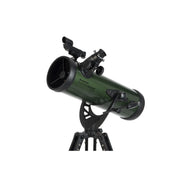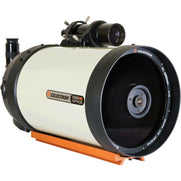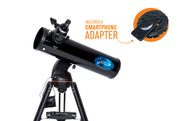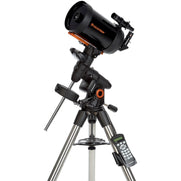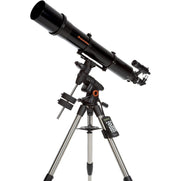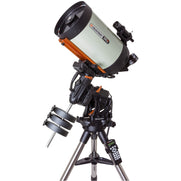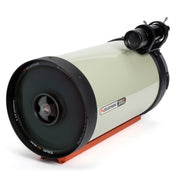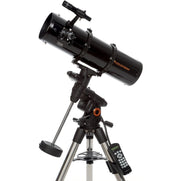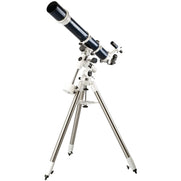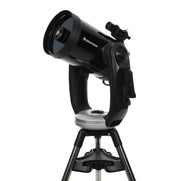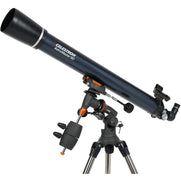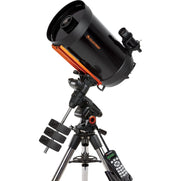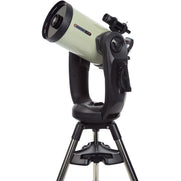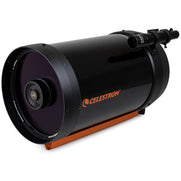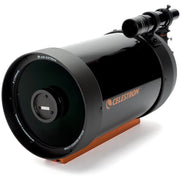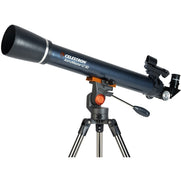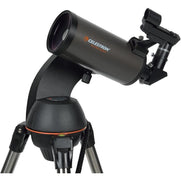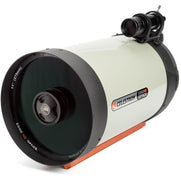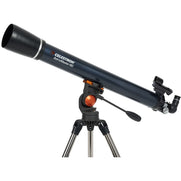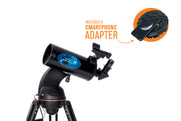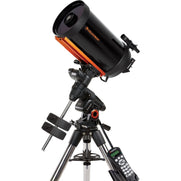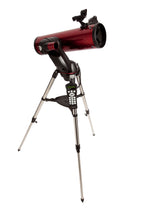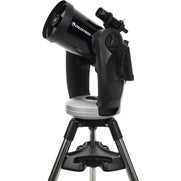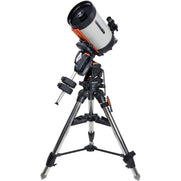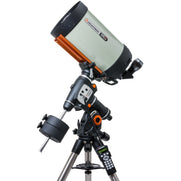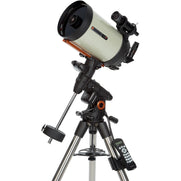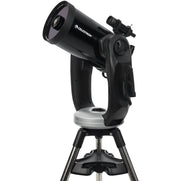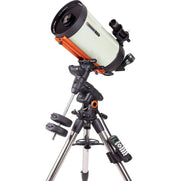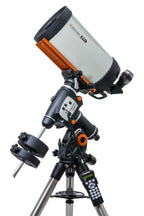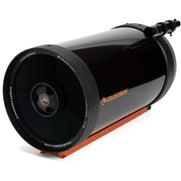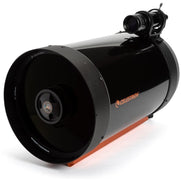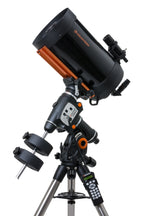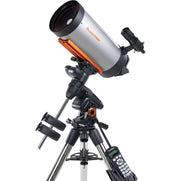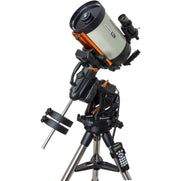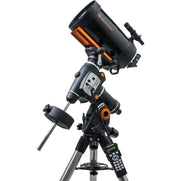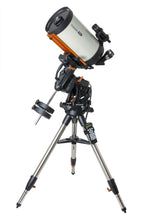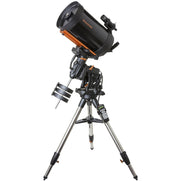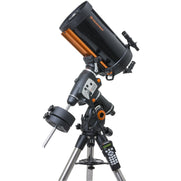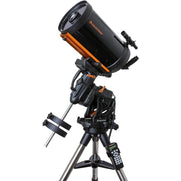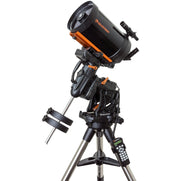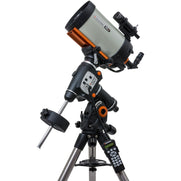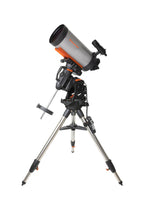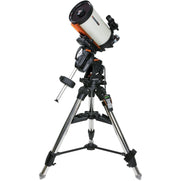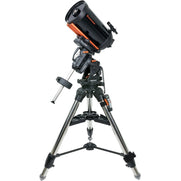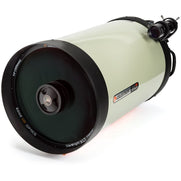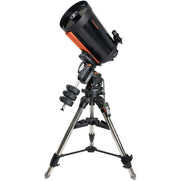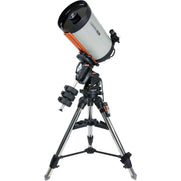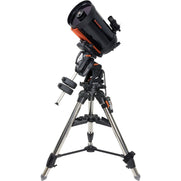Mars Observing Telescope Accessory Kit
Item #: 94312- The perfect Mars accessory bundle for any telescope that accepts 1.25” eyepieces
- Includes three colored filters to enhance specific surface details on Mars such as maria, deserts, and polar ice caps
- 2x Power Doubling Lens doubles the power of any 1.25” telescope eyepiece
- Doubling Lens also features built-in T-threads to attach a DSLR camera (T-ring not included)
- All pieces in the kit can also be used to view Jupiter, Saturn, the Moon and many other astronomical objects
Overview
- The perfect Mars accessory bundle for any telescope that accepts 1.25” eyepieces
- Includes three colored filters to enhance specific surface details on Mars such as maria, deserts, and polar ice caps
- 2x Power Doubling Lens doubles the power of any 1.25” telescope eyepiece
- Doubling Lens also features built-in T-threads to attach a DSLR camera (T-ring not included)
- All pieces in the kit can also be used to view Jupiter, Saturn, the Moon and many other astronomical objects
Description
Your Mars Observing Kit comes with the following accessories designed to enhance your views of Mars:
- 2x Power Doubling Lens with built-in T-adapter
- #80A Blue Planetary Filter
- #56 Light Green Planetary Filter
- #25 Red Planetary Filter
- Storage Case
2X Power Doubling Lens
The 2x Power Doubling Lens doubles the magnification of any eyepiece that is used with it. The lens goes in between the telescope and the eyepiece you are using. In addition, this lens also features integrated T-threads that allow you to attach your DSLR camera to your telescope for high magnification lunar and planetary photography. (Note: to take advantage of this feature, you will need to purchase an optional T-ring that fits your specific camera body and thread it onto the T-adapter. Celestron offers Canon and Nikon T-rings.)
Filters
Eyepiece filters reduce glare and light scattering, increase contrast through selective filtration, increase definition and resolution, and reduce eye fatigue. These filters are designed to fit any Celestron 1.25” eyepieces. To attach the filter onto an eyepiece, simply thread the male thread on the filter into the bottom of the eyepiece barrel. Then insert the eyepiece (with filter attached) into eyepiece holder of your telescope.
- #80A Light Blue Planetary - Helpful in studying surface features and polar caps.
- #56 Green Planetary Filter - Excellent for increased contrast of Martian polar caps, low clouds, and yellowish dust storms.
- #25 Red Planetary Filter - Reduces light from blue and green areas, which darkens the maria and oases, while lightening the orange-hued desert region. Sharpens the boundaries of yellow dust clouds.
Mars Opposition History and Facts

Get ready to see Mars in incredible detail. Observe Mars this summer as the planet will be noticeably brighter from early July through early September (July 7th to September 7th). The best night to view Mars is July 28, 2018.
The last time Mars was this close to the Earth and this bright in the night sky was the opposition of 2003. The next opportunity like this won’t come around until 2050. This is a perihelic opposition, which means both Earth and Mars are close to the Sun, making conditions ideal for astrophotography.
At opposition, Mars will be 1.8 times brighter than Jupiter and the 4th brightest object in the sky after the Sun, the Moon, and Venus. At its closest approach to Earth on July 31, Mars will be 35.8 million miles from us.
Specifications
Videos
Support & Downloads
| Manuals: |
|---|
| Mars Opposition Manual |













































